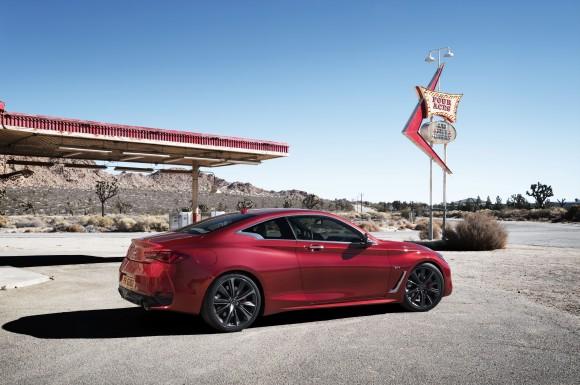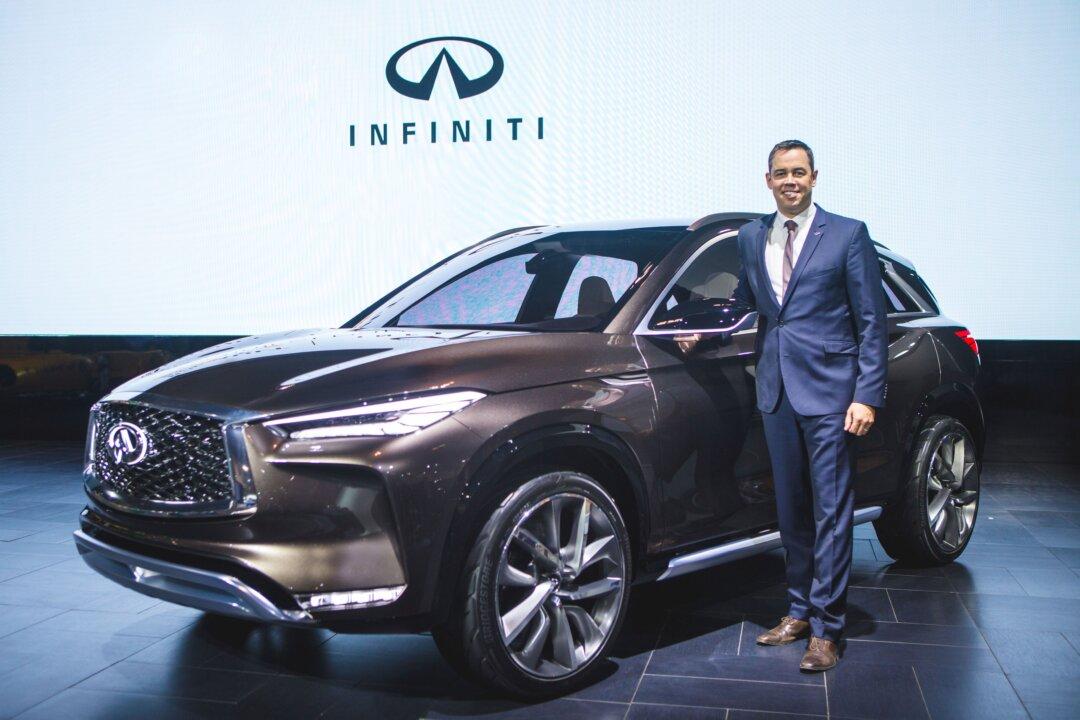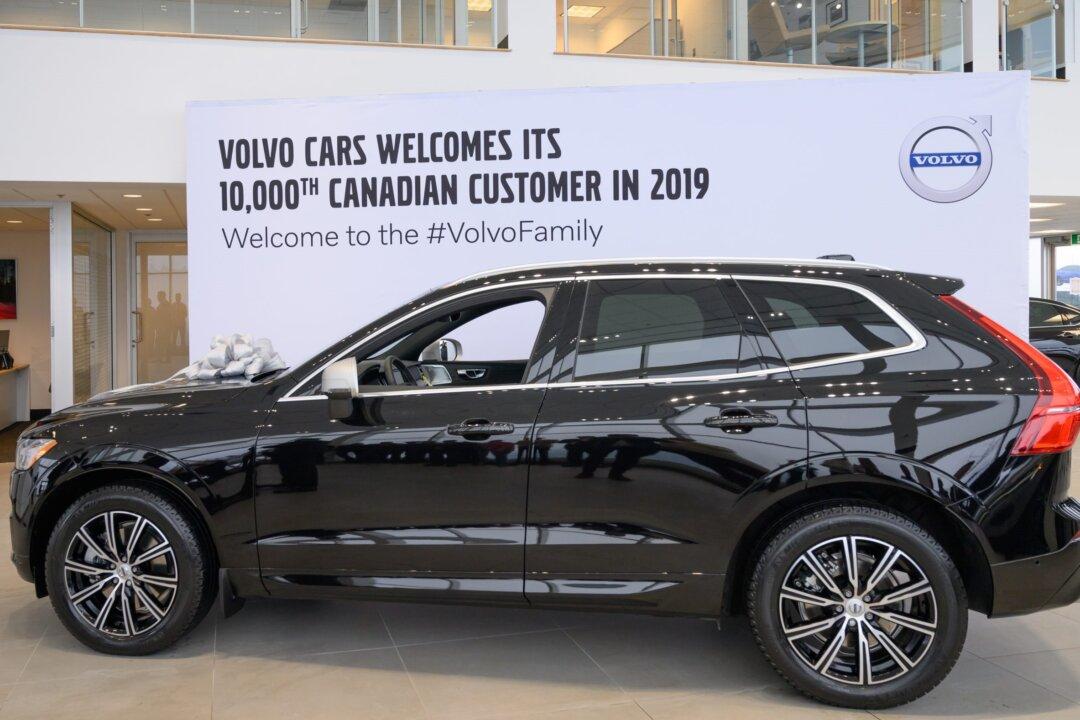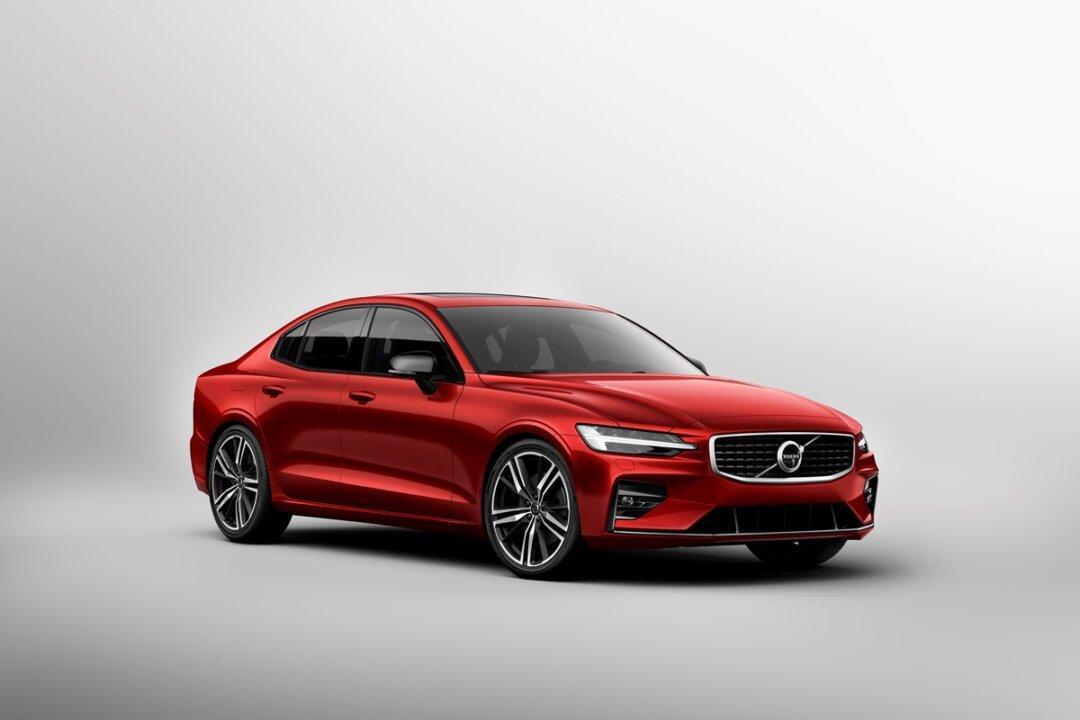Late 1989 was a busy time on the automotive front in North America. Three Japanese auto manufacturers started building and exporting a limited number of premium, luxury vehicles under different organizational names from their original parent entities. For Toyota it was Lexus. For Honda, Acura and for Nissan it was Infiniti.
The Japanese government had imposed voluntary export restraints for the market in the United States, so it was more profitable for automakers to export more expensive cars to the U.S. These different, lucrative new names made sound business sense and were at first, perceived with some doubt by a wary car-buying public. There was really no expectation of any Japanese automotive manufacturer being able to design, engineer, build, and subsequently market up-scale, premium models to consumers to whom “affordable” automotive luxury meant familiar brands such as Cadillac, Mercedes-Benz, BMW, and Audi.





